Calling All Harvard Photographers! Submit Pictures to the LMSAI Photo Contest
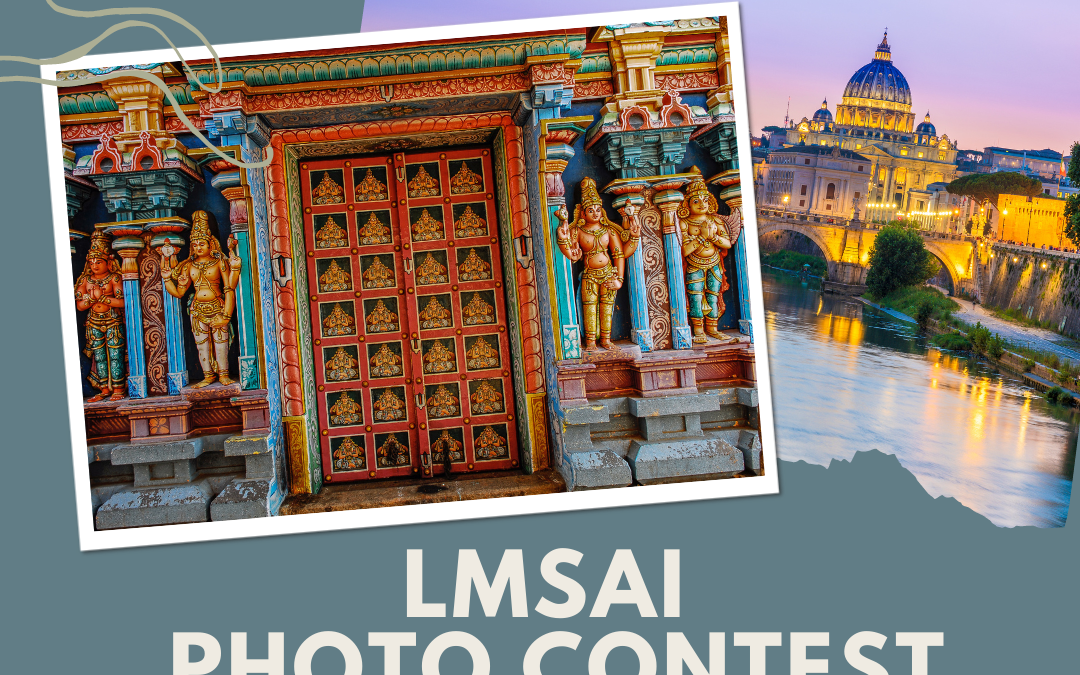

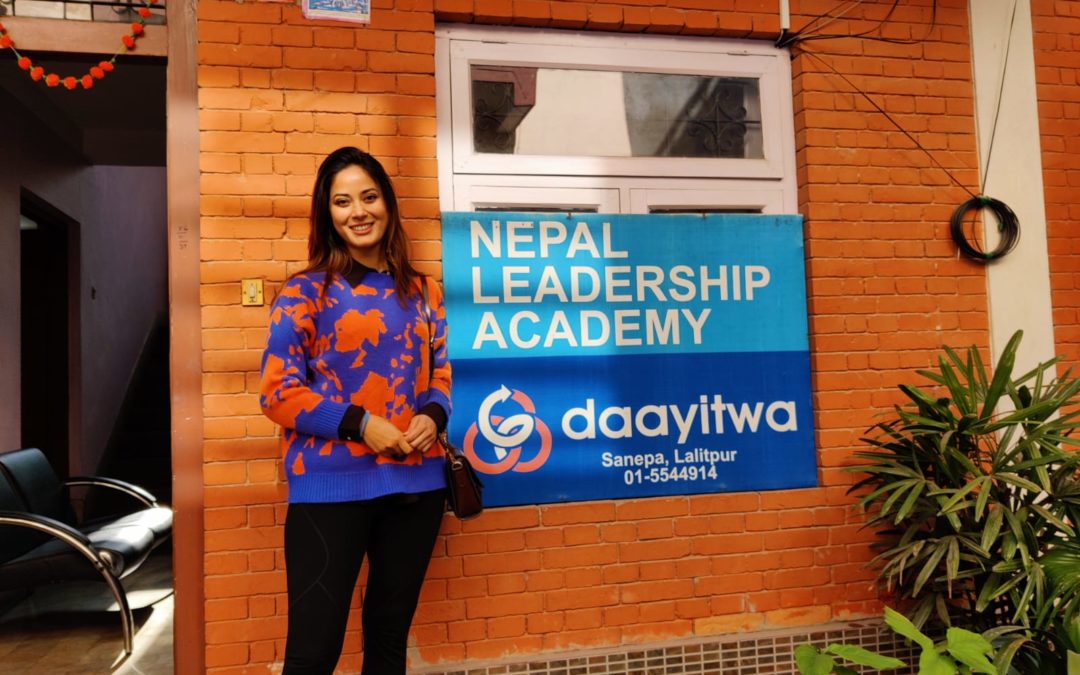
Shrinkhala Khatiwada, a Master of Urban Planning candidate at the Harvard Graduate School of Design, earned an LMSAI student grant to study urban planning in Nepal. She spent a three-week internship at Daayitwa Nepal Public Policy Fellowship, a program that fosters collaboration on economic policy research between young professionals and the Nepalese government. During her internship, Shrinkhala worked with the Nepal National Planning Commission to explore the potential for mandating a dedicated Urban Green Infrastructure department in every major metropolitan city in Nepal.

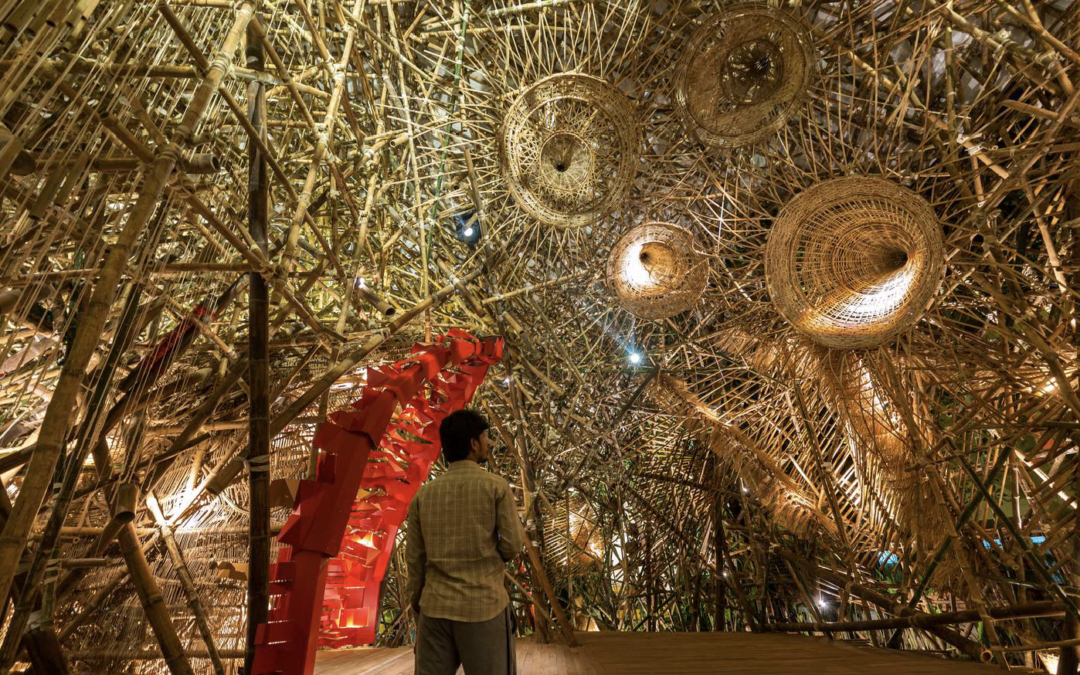
The Mittal Institute recently concluded the 2020–2021 Visiting Artist Fellowship, which annually brings four mid-career visual artists to Cambridge to engage with Harvard faculty and students, participate in art exhibitions, and perform research using Harvard’s intellectual resources to further their art practice. Due to COVID-related programming changes this year, the fellowship was reimagined, bringing 13 of the top applicants from India, Bangladesh, Pakistan, and Nepal to the virtual world for a series of four online seminars curated to support the artists’ long-term practice. In these courses, the artists participated in thought-provoking discussions centering on art history, creative writing, urban design, and more, with both their peers and the expert facilitating the class. For the final installment of the VAF Lecture Series, the Mittal Institute welcomed Asim Waqif, a Delhi-based artist whose international work revolves around architecture, ecology and design.


The profound and inspirational work of our artists has not stopped despite the COVID-19 pandemic. In this magazine, we spoke with each of our fellows to discuss the inspiration behind their career as an artist, what they hope to learn during their time as a Visiting Artist Fellow, and their thoughts on the artwork they have each presented in this magazine. In the magazine’s pages, you will read the artists’ thoughts on these subjects in their own words, and we hope that it will inspire you to enter their world and see their work through their eyes.

View a virtual gallery of the artwork from our 13 2020-2021 Visiting Artist Fellows from India, Bangladesh, Pakistan, and Nepal.
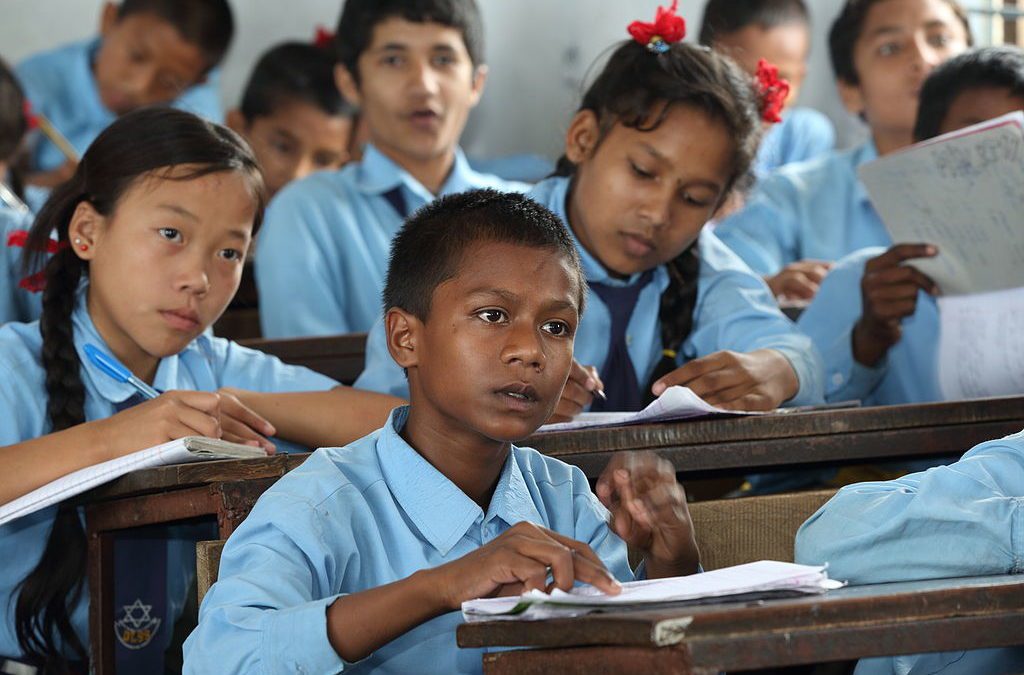
Education has been hit hard by the COVID-19 pandemic as a record number of children are not attending schools due to lockdowns and social-distancing protocols in effect across the world. The crisis has also laid bare the many inequities and inadequacies in the existing education systems around the world, and especially in South Asia. We spoke with Nishant Pandey, the CEO of American India Foundation (AIF), and Rumee Singh, the Founder of Katha4Nepal — two distinguished organizations that have accomplished remarkable work in the field of education delivery during the pandemic.

“The southern border of Nepal, along India, was created 150 years ago by external parties,” says Sagar Chhetri, a visual artist from Nepal and a former Visiting Artist Fellow at the Mittal Institute. When that border was created, communities were cut in two. “[In Nepal], the ruling caste tried to unite all the peoples of the country to create one single Nepali identity. But in the populous open border region, Nepalis and Indians share marital ties, cultures, languages, and histories. With the promise of federalism during the decade-long civil war in Nepal came stronger rhetoric and ideology based on ethnic identity,” he said.
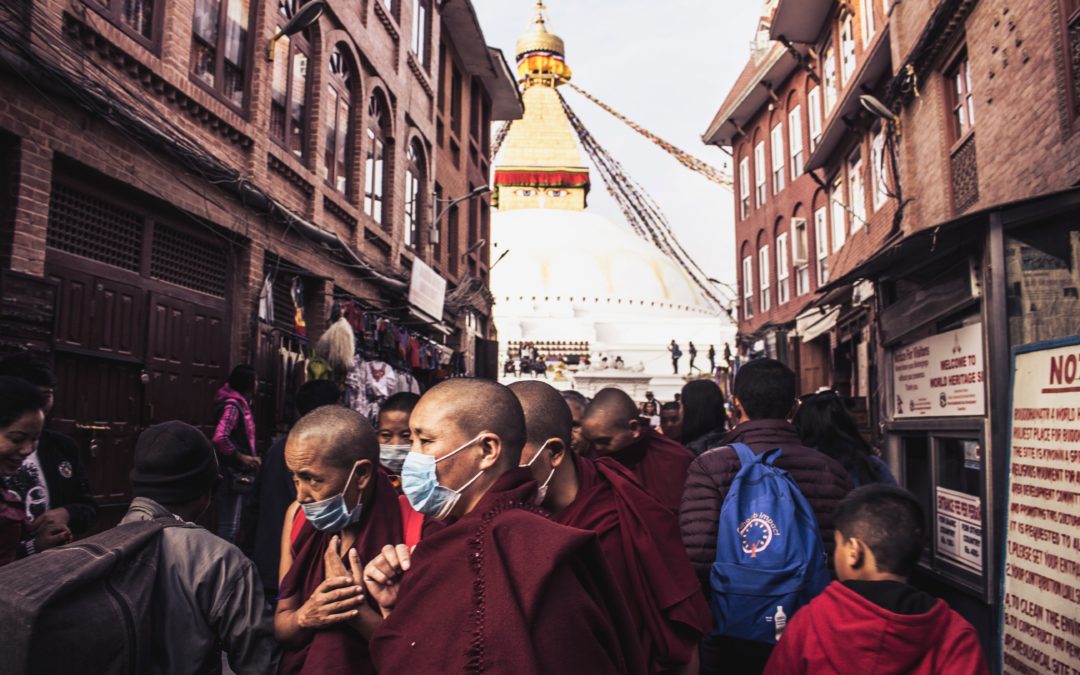
The COVID-19 pandemic has impacted the entire globe, requiring quick action from governments and the populace to stem the flow of transmission. With many in quarantine or lockdown, the pandemic has changed the daily way of life for many around the world. This week, we spoke with members of the Mittal Institute team in India, Nepal, and Pakistan to get a firsthand look into the situation on the ground in South Asia, from recent governmental guidance and regulations to the response of the population and how it will impact society.
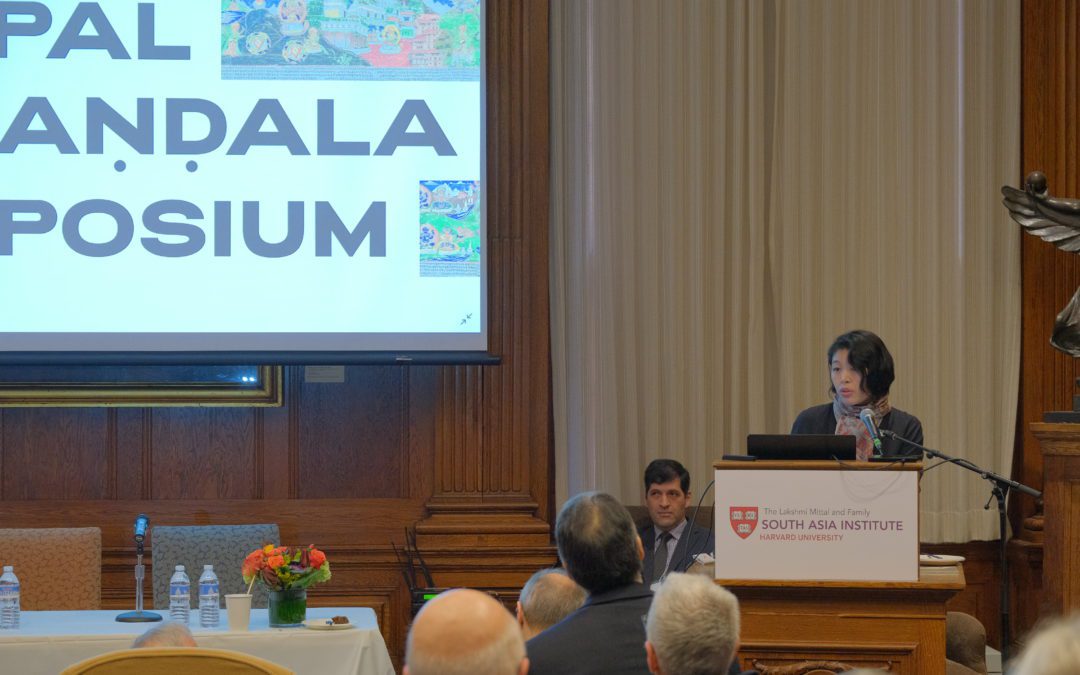
Symposia dedicated to the art and culture of early modern Nepal come around only once in a generation. And the atmosphere at the Nepal Mandala in an Early Modern South Asia symposium last week, run by Jinah Kim (Harvard University) and Todd Lewis (College of the Holy Cross), reflected the rarity of this meeting. The symposium brought together international experts on the history, culture, and societies of the “Nepal Mandala” — or the Kathmandu Valley — to present papers on the region’s place in early modern South Asia.
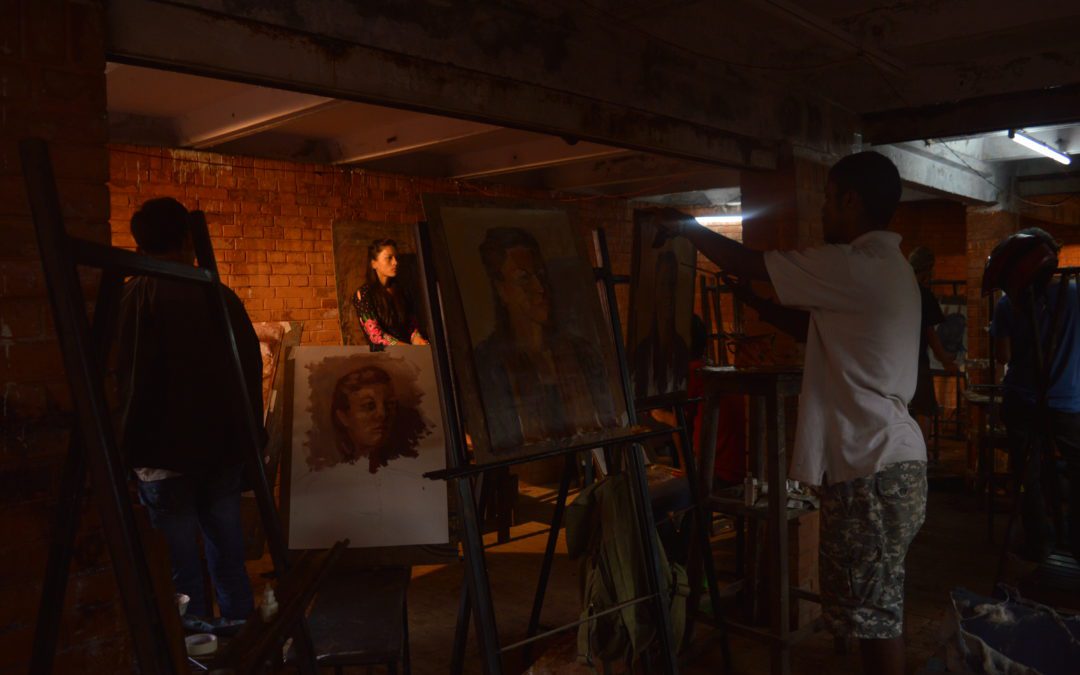
This week, the Nepal Mandala Symposium will take an in-depth look at Nepal’s artistic heritage, its place in Asia’s artistic ecosystem, and the continuing practice of Indic Buddhist traditions. Dipti Sherchan, a graduate student at the Department of Anthropology in the University of Illinois at Chicago, will join the panel “Nepal Mandala in the Intra- and Trans-Regional Context.” We sat down with her to learn more about her expertise in the anthropology of state and art, and the emergence of the Juddha Kala Pathshala art school in Nepal — a unique and one-of-a-kind cultural institution in Kathmandu.